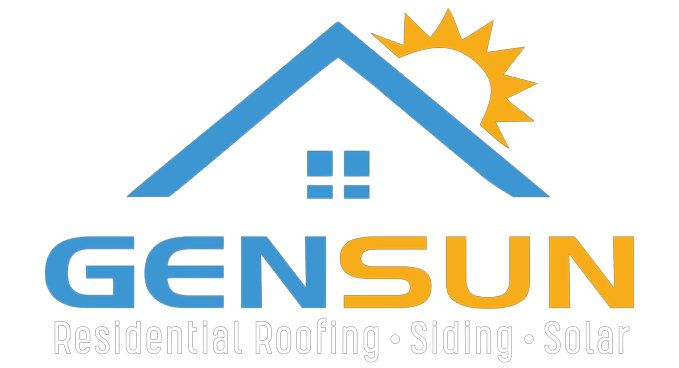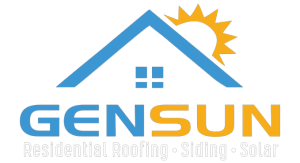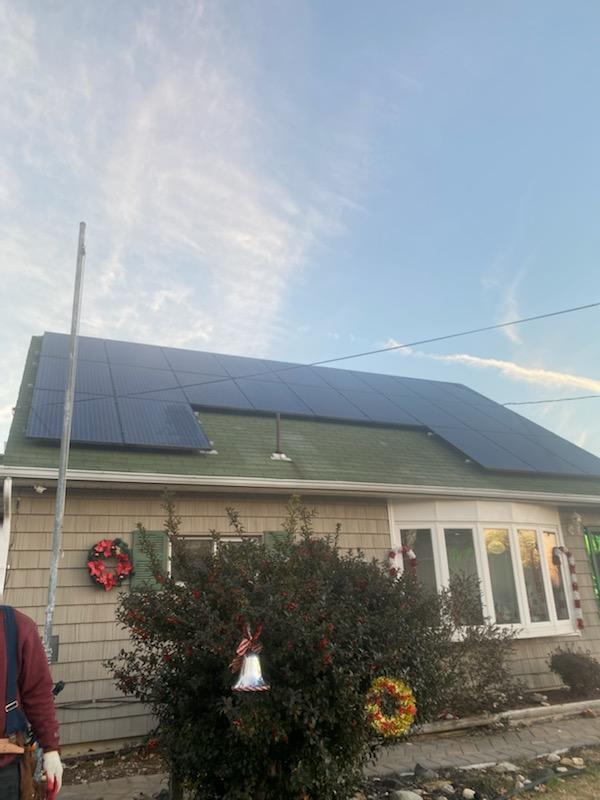
Solar Removal and Re Installation by Professionals
It’s no secret that solar panel removal and re installation is a very difficult and tedious process.
The company you choose has to have years of experience in dealing with:
“Many types of Solar Panel Manufacturers
The ability to navigate different pitched roofs
and the electrical experience to both disconnect and reconnect the operational panel”
Best solar panels made or designed in America
For some homeowners, finding American-made solar panels is a priority. While there are several fantastic solar makers headquartered in the US, finding panels that are truly made in America can be tricky.
That’s because there are American companies that manufacture overseas, and overseas companies that manufacture in America. And then there are companies that manufacture some panels in the US and others abroad.
Best solar panels manufactured in the US
BRAND – HQ LOCATION |
PANEL |
MANUFACTURE LOCATION |
WHY WE LIKE IT |
|---|---|---|---|
|
Silfab – Canada
|
SIL Mono series
|
Bellingham, Washington
|
Durable, >20% efficient
|
|
Q Cells – Korea
|
Q. Peak Duo Series
|
Dalton, Georgia
|
Durable, >20% efficient
|
|
Mission Solar – US
|
MSE PERC series
|
San Antonio, Texas
|
Qualifies for Buy American Act
|
|
Solaria – US
|
Power XT series
|
Fremont, California
|
>20% efficient, superior shade performance
|
Best solar panels made overseas by US-based companies
BRAND – HQ LOCATION |
PANEL |
WHY WE LIKE IT |
|---|---|---|
|
Sunpower – San Jose, CA
|
A-series
|
Up to 22.8% efficiency, 25-year warranty, built-in AC inverter
|
|
Sunpower – San Jose, CA
|
X-Series
|
Up to 22,7% efficient, extremely low degradation rate, 25-year warranty
|
|
SEG – Pleasanton, CA
|
SEG-410-BMD-HV
|
21.25% efficiency, 25-year warranty
|
|
Aptos Solar – Santa Clara, CA
|
DNA-120-MF26-370W
|
20.29% efficiency, durable, 30-year warranty
|

What is a solar inverter?
Solar energy doesn’t provide electricity in a format that your table lamp could be powered by. Inverters change the power produced by your solar panels into something you can actually use.
Think of it as a currency exchange for your power. You might have a fistful of yen, but until you stop and exchange it for USD, you can’t pay for lunch stateside.
Your home is wired to conduct alternating current (AC) power. The electricity produced by solar panels is initially a direct current (DC). Inverters change the raw DC power into AC power so your lamp can use it to light up the room.
Inverters are incredibly important pieces of equipment in a rooftop solar system. There are three options available: string inverters, microinverters, and power optimizers.
10 Reasons Why Home Battery Backup Trumps Generators
1. 10 Reasons Why Home Battery Backup Trumps Generators
If you’ve heard a generators before, you know that they are horrifically noisy. In fact, generators can operate at up to 8.5 decibels, which ranks somewhere between a police whistle and a lawn mower.
Not only is this annoying (for you and your neighbors), studies dating back to the 1960s have tied noise pollution to:
- Hearing loss
- Sleep disruption
- Cardiovascular disease
- Reduced productivity in
- work and school
- Negative social behavior
- Annoyance reactions
Power outages can already be stressful situations, and generators can compound that stress. It’s no wonder, then, that generators are in violation of many HOA bylaws and city ordinances.
By contrast, home battery backup is completely silent. You wouldn’t be able to tell that your battery storage system was powering your home if you were standing right next to it.
Your family – and your neighbors – will thank you for keeping the peace.
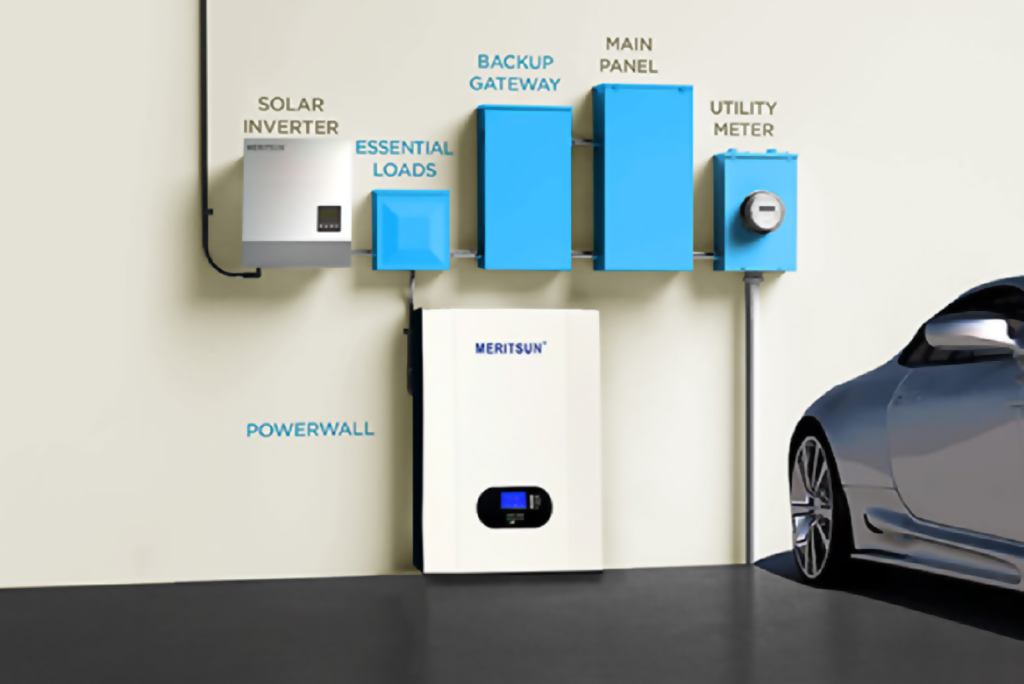
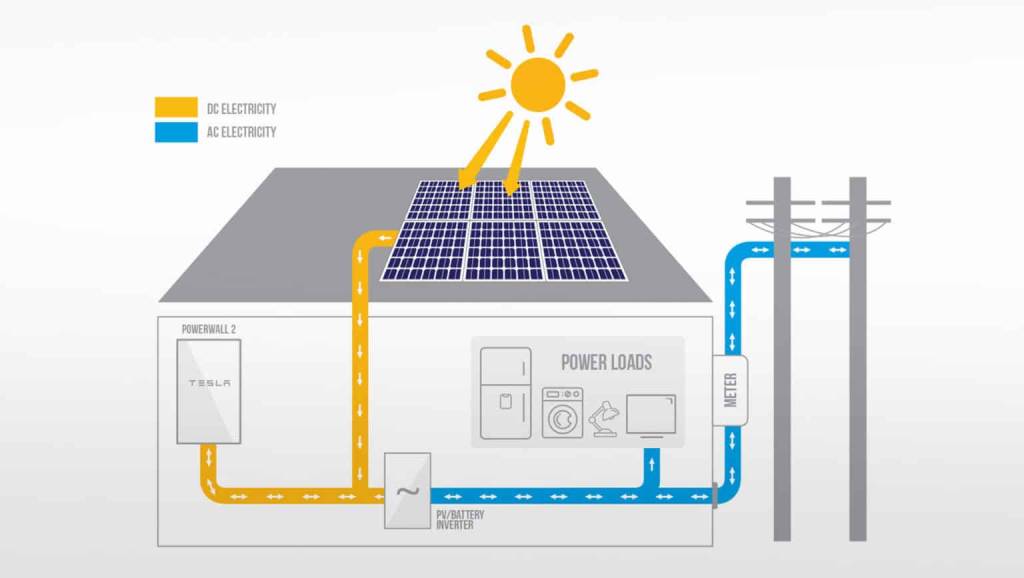
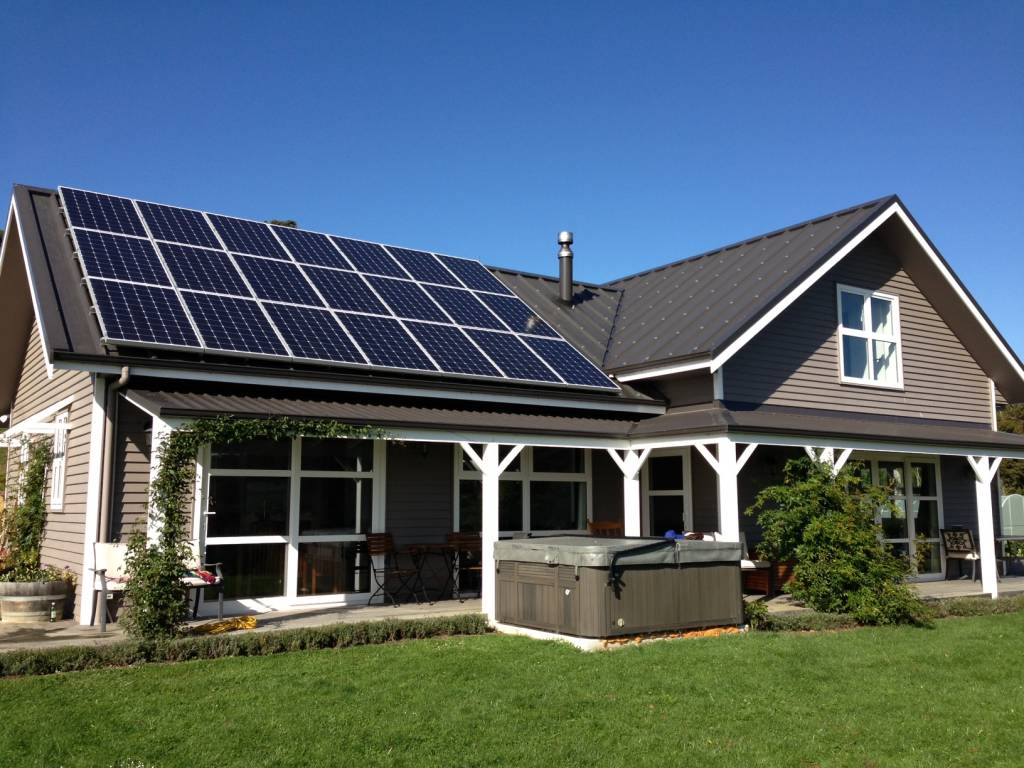
2. Home Battery Backup uses Clean Energy
Diesel generators emit nitrous oxide, carbon monoxide, particulate matter, and other hydrocarbons. Propane and natural gas generators emit dangerous emissions as well.
We all know how dangerous it would be to lock yourself or your family in your garage with your car engine running, so the thought of generator emissions right next to your home should be similarly unappealing.
In fact, when Hurricane Irma hit Florida, Georgia, and North Carolina in 2017, more deaths were attributed to carbon monoxide poisoning from generators (16) than the storm itself (11).
And that’s just part of a larger trend of 900 deaths and 15,400 hospitilizations attributed to portable generators between 2005 and 2017.
Batteries emit no emissions of any kind. They’re completely sealed and will have no negative impacts on your family’s health.
3. Batteries are Smaller than Generators
While some portable generators can be quite small, built-in generators – which more closely match the capabilities of home battery backup – occupy a large footprint and can take up valuable space in your yard. If you install one of these generators, you’ll likely also need to pour a substantial concrete pad to house it.
Backup battery storage, meanwhile, is wall-mounted and does not require any construction work. Batteries only stand a few inches away from the wall and can sit comfortably alongside your solar equipment, garage shelving, etc.
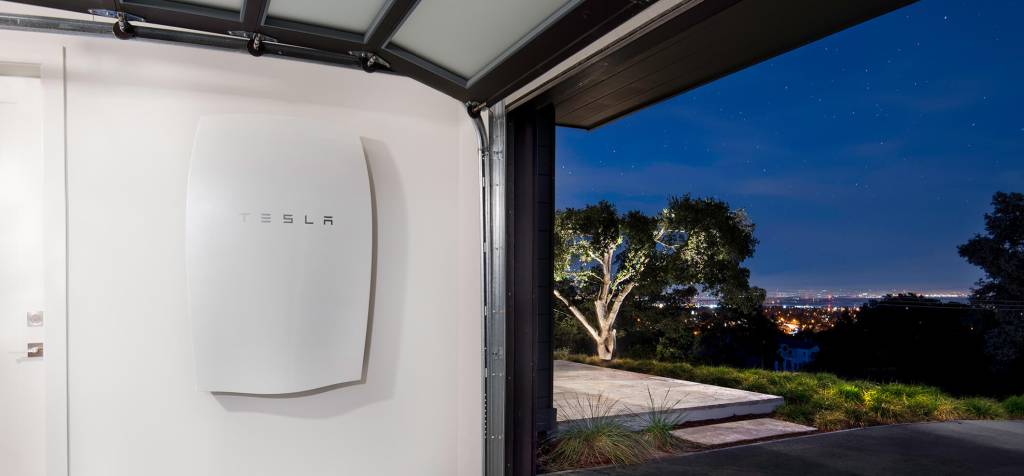
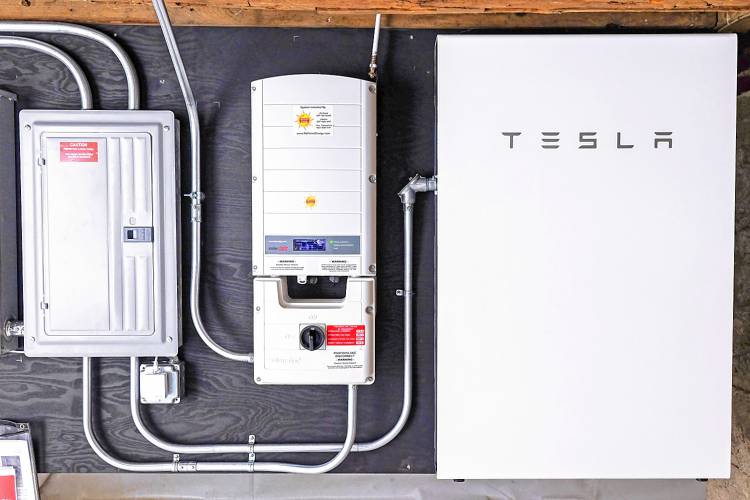
4. Home Battery Backup is Instant-On
Even the best backup generators on the market take a few seconds to cycle up in the event of an outage. This delay can leave young children scared, make clocks and devices reset, and cause unnecessary stress.
If you have a portable generator that needs to be hooked up manually you have the “fun” task of firing it up in the middle of a storm or heatwave while your appliances shutoff and reset.
By contrast, circuits backup up by a battery are instantly transferred to battery power in an outage. The batteries react to outages in a fraction of a second – so quickly that clocks often won’t even blink!
In fact, Tesla ran into a problem with its Powerwall wherein the batteries kicked in so fast that homeowners didn’t even know that they had lost power. As a result, Tesla updated its mobile app to send a notification alerting homeowners to detected outages.
